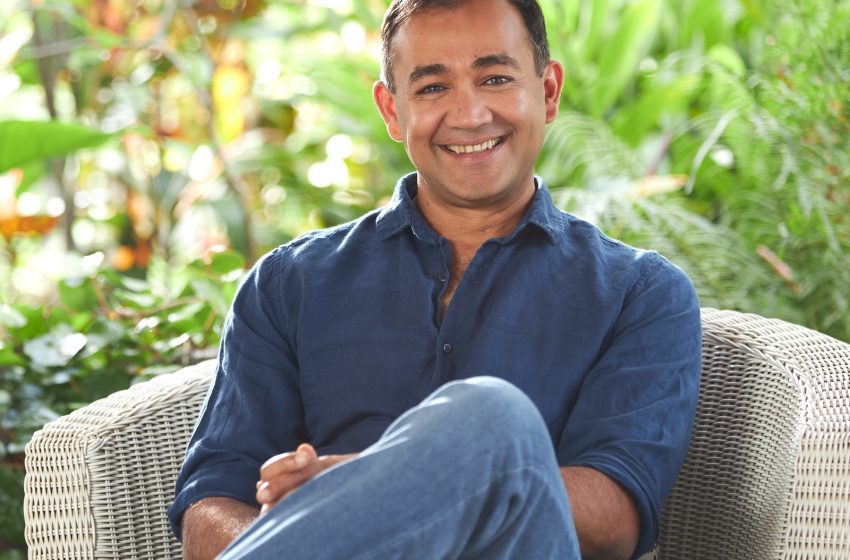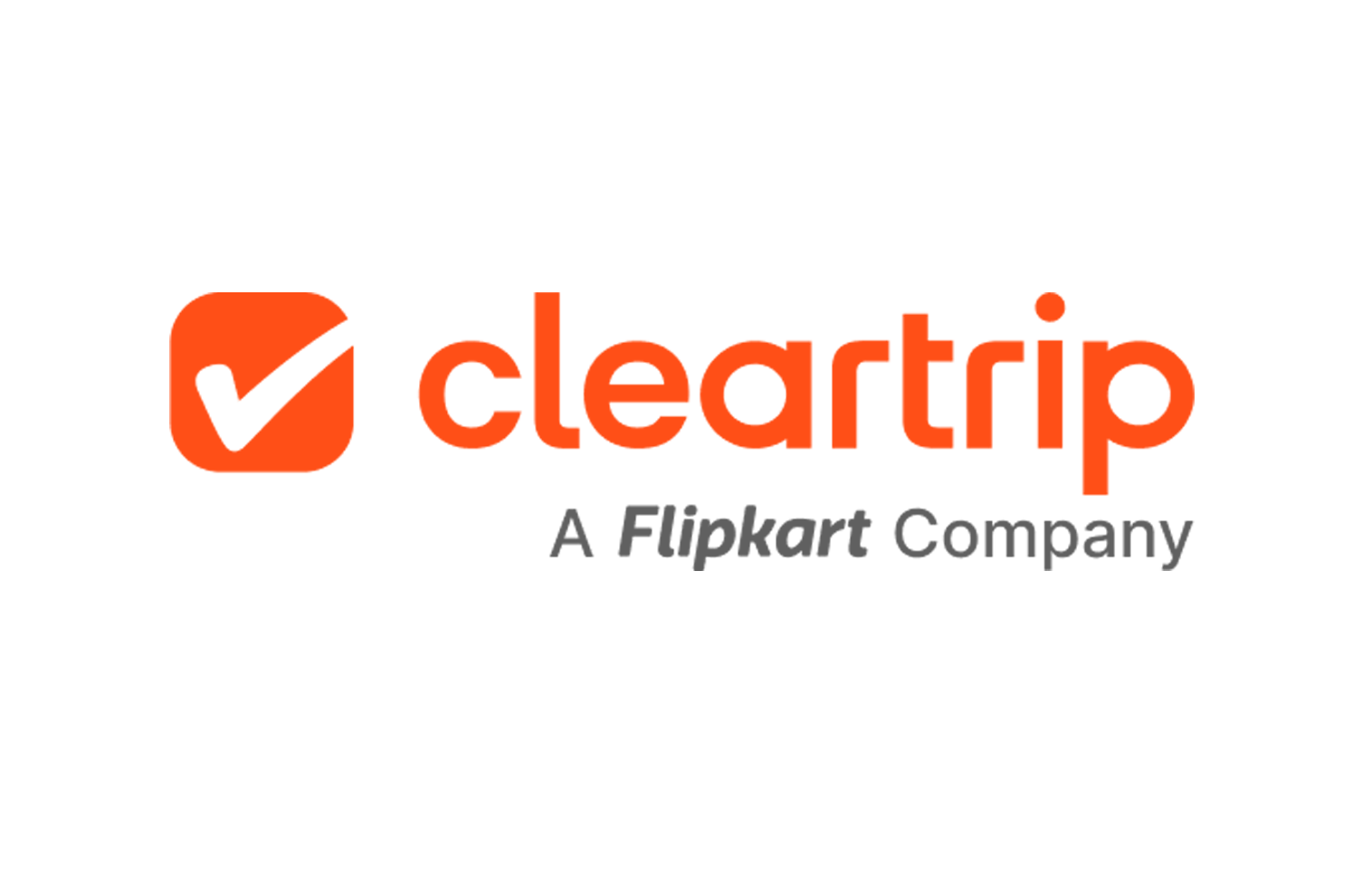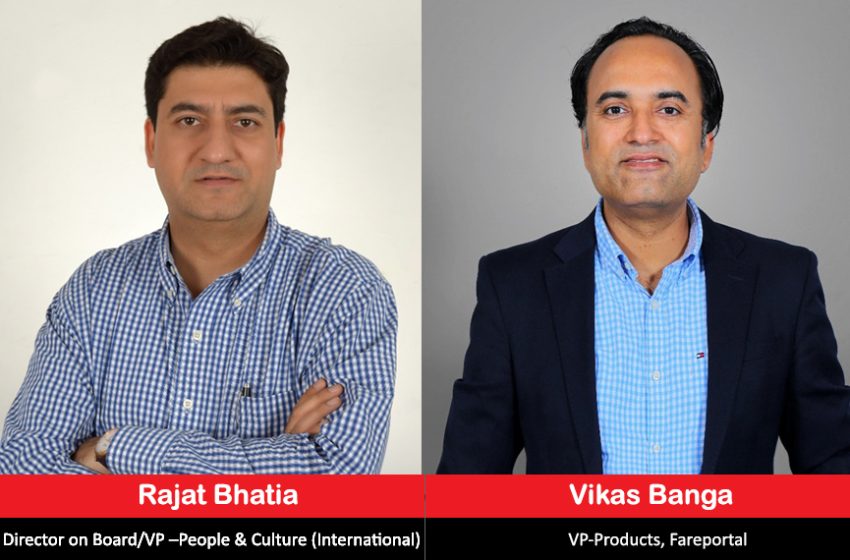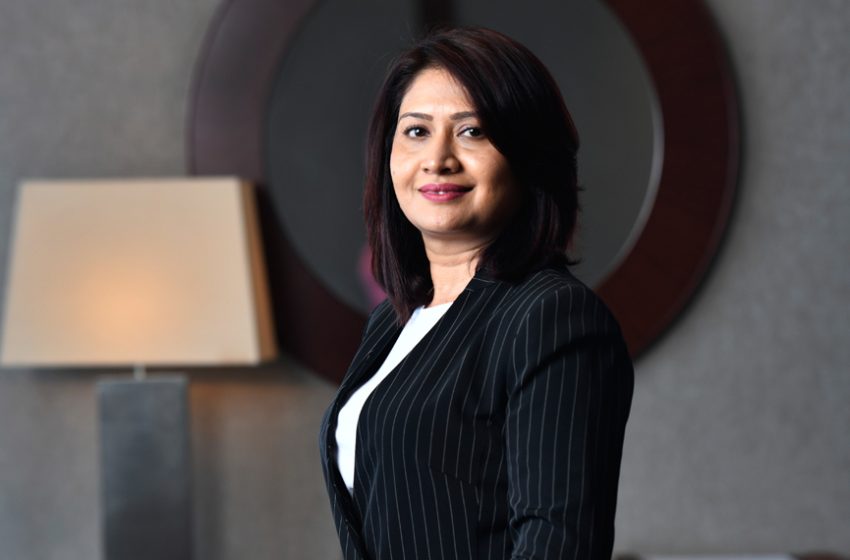DreamFolks is upbeat about expanding its footprint with the growth of airports and airport infrastructure in India. Liberatha Peter Kallat, Chairperson and MD, DreamFolks Services Limited, in a conversation with Disha Shah Ghosh speaks about their partnerships and impending IPO.
Q. What kind of footprint does DreamFolks enjoy in India?
DreamFolks is India’s largest airport service aggregator platform facilitating an enhanced airport experience to passengers leveraging a technology-driven platform. We facilitate access to 100% of the 50 lounges currently operational in India. As of December 31, 2021, we had exclusivity to provide access to 11 domestic lounges constituting around 22% domestic lounges for India-issued credit cards and debit cards. We enjoyed a market share of over 95% of all India-issued credit card and debit card-based access to airport lounges in FY2020. Further, as of December 31, 2021 through our partnerships with other service providers, we have a global footprint extending to 1,259 touch-points in 121 countries across the globe, including India.
We have an asset-light business model that integrates global card networks operating in India, credit and debit card issuers, OTAs and other corporate clients including airline companies to various airport lounge operators and other airport related service providers on a unified technology platform. Our services include access to lounges, food and beverage, spa, meet and assist, airport transfer, transit hotels/nap rooms, baggage transfer, and other such airport related services.
Q. Enumerate on your technology platform. How does it seamlessly integrate service offerings on the DreamFolks app alongside second- and third-party channels?
DreamFolks’ business model has a strong focus on technology. Our technology platform is aimed at ensuring that all entities on or availing of our platform i.e., client, operators, and consumers, have a seamless & ‘hassle-free’ experience. Our platform addresses aspects such as benefits calculation and accounting, provides real time visibility of transactions to clients and consumers.
The DreamFolks platform enables customisation of services for clients to their customers. Options include campaigns to provide benefits to identified set of end-users. It also enables creation of differentiated benefit tiers within the same card programme, group and individual based benefits, support for guests and supplementary card-members, permitting end-users to pay for services in real time or settle pursuant to card statements, purchase credits, allow clubbing of benefits across multiple cards of consumers, ease the discovery of lounges and other services.
Our platform includes connectors and application programming interfaces (API) which facilitate integration with client systems, or with any hybrid access modes depending on client’s preference. We also have an entire set of APIs and solutions to cater to non-BFS clients where access vouchers can be issued by clients to the consumers. Our proprietary technology has been a crucial element in our ability to ramp up our business by introducing increasing levels of automation and, thereby, simplifying transactional and process aspects for both clients and service providers.
The platform also enables clients to run usage and spend-based campaigns for their users. We leverage our configuration-driven extendible platform with solution templates for flexibility, reliability and customisation, to provide solutions through multiple access models. Our hybrid model enables omni-channel access for card-based transactions, through membership cards, and also facilitates digital access like our client’s banking apps (called ‘in-app’), or our DreamFolks mobile application.
Q. What are some of the new partnerships forged in the past two years to extend your service offerings?
Our service offerings have increased significantly, and we have continued to augment our client base over the years, which includes India’s prominent card networks and card issuers. We have been associated with the airport lounge programmes of clients such as RuPay, ICICI Bank Limited, HDFC Bank Limited (in respect of debit card lounge program), Axis Bank Limited, and Standard Chartered Bank. Further, we have had long association with a number of our clients. Our top 5 Clients, as of September 30, 2021, have been associated with us for over 3 years out of the 8 years that we have been operational. Our client portfolio also includes prominent airlines, a telecommunication company, an online travel agency (OTA) and other corporates in India who generally make available these services to customers of their choice. We have also, over the years, broad based our client profile by bringing in more corporate clients into our fold by augmenting our bouquet of services which they could add onto their product offerings for their customer engagement programmes.
Q. In terms of customer engagement, what do your partnerships bring to the table for corporate travellers vis-à-vis leisure tourists?
We have expanded our client portfolio from card networks/issuers to include airlines, OTAs, corporates thus making our services accessible to not just the business travellers but also families, leisure travel and the MICE segment. Our product suite is now being leveraged for a variety of consumer engagement and employee engagement programmes. We facilitate end-to-end assistance to the consumers at the airport.
• Lounge Access: We offer a unique value proposition to our Clients by enabling access to the Consumers to a network of all operational airport lounges in India.
• Food and Beverage offerings: We have tie-ups with various F&B entities where Consumers can select from the curated ‘DreamFolks’ menu a variety of vegetarian and non-vegetarian food and beverage combinations (‘combo’ offerings).
• Spa Services: As part of our focus on making air travel as enjoyable and relaxing as possible, consumers can avail of specified massage therapies such as head, neck and shoulder massage, and foot reflexology.
• Meet and Assist: These services are available at select airports to Consumers at arrival and departure terminals of select airports in India. We have also entered into an agreement with an international airport concierge service provider. We also provide an option to facilitate ‘medical meet & assist’ at arrivals at select airports in India.
• Airport transfer services: We facilitate airport transfer, i.e., airport ‘pick-up and drop’ facilities in 47 cities across India and in 145 cities outside India, as at December 31, 2021.
• Transit Hotels / Nap Room Access: In Mumbai and New Delhi, through our tie up with Niranta Airport Transit Hotel & Lounge (a unit of International Airport Hotels & Resorts Private Limited) and Holiday Inn Express New Delhi International Airport T-3 (a unit of Devaryaa Hospitalities Private Limited), we facilitate access to hotel rooms. Further, in Bengaluru, Cochin and Mumbai, we also facilitate access to ‘nap rooms’ or ‘sleeping pods’, i.e., specialised facilities which allow passengers, particularly transit passengers, access to private rooms / compartmentalised sleeping quarters, with rest-room access.
• Baggage Transfer: We have tied up with a service provider to provide baggage pick-up and drop-off facility to and from airports across Bengaluru, Hyderabad, Mumbai, and New Delhi.
• Other: In addition to providing Services at airports, we have also, in the current Fiscal, forayed into the railways sector and, we have entered into contracts to provide lounge access at 5 railway stations in India.
Q. It is expected that by 2040 India will be home to 295 airports. What kind of opportunity does this mean for airport lounge service providers?
The overall Indian lounge market which includes passengers accessing both domestic and international lounges is estimated at around INR 817.5 crore (FY 2020). This is forecasted to reach 5861.9 crore by FY2030, which is a huge opportunity for us.
Currently, there are approximately 50 lounges in India, and the overall number of lounges will increase in line with increasing traffic and passengers. It is important to note that the overall growth in lounge also includes the growth in lounge area in the existing lounges which are not included in the 143 new lounges which are expected to be added in between the years 2021-2040. The total number of lounges is expected to be 193 by 2040; these include the additional lounges across existing airports and new lounges across greenfield airports.
Q. DreamFolks has filed draft papers for going public. What is the expected timeline for launching the IPO?
We filed the Draft Red Herring Prospectus with SEBI towards the end of January with aim of going public soon. As per the regulations set out by SEBI, we will wait to get the necessary regulatory clearances. As and when we get the necessary approvals, we will look to launch the IPO based on our bankers’ advice.
Q. Do you think the current geographical and economic environment is conducive for going public especially when some giants have delayed their IPOs?
While we cannot comment on what others are planning to do, we believe that the Indian lounge access market is expected to see a huge growth due to the growth in airports and lounges. We will also be guided by our bankers and legal experts on the way forward.
Q. Since DreamFolks operates on an asset-light model. What kind of capital are you planning to raise through this IPO, and where will the funds be utilised?
We are an asset light business model. Our ability to fund our minimal capital expenditure from our internal accruals, and our efficient working capital management are testament to our prudent financial management. We fund our operations and capital requirements primarily through cash flows from operations. We expect that cash flow from operations will continue to be our principal sources of cash in the long term. The IPO is an offer for sale. Besides, the listing of the equity shares will enhance our visibility and brand image.
Q. What is your expansion plan? Any plans of foraying into new businesses?
We intend to penetrate deeper into our existing sectors that we cater to by expanding our client base. We plan to increase the number of our clients in the banking, telecommunications, OTA, airlines sector. While some of these sectors such as banking have a number of entities that we could focus on, other sectors such as telecommunications despite not having many players are critical since each player added could significantly increase the number of passengers that we could cater to. Further, we propose to cater to the diverse requirements by continuing to develop and build bespoke domain-specific solutions, tools, and portals for integration and management of the various airport services.
In addition, we also want to focus on customer engagement and loyalty solutions for corporate clients and build specific solutions for, amongst others, loyalty companies, e-commerce companies, new age digital companies, companies in the hospitality sector, and neo banks. We also plan to create ancillary revenue opportunities for clients in the online travel agency and airlines industries.






